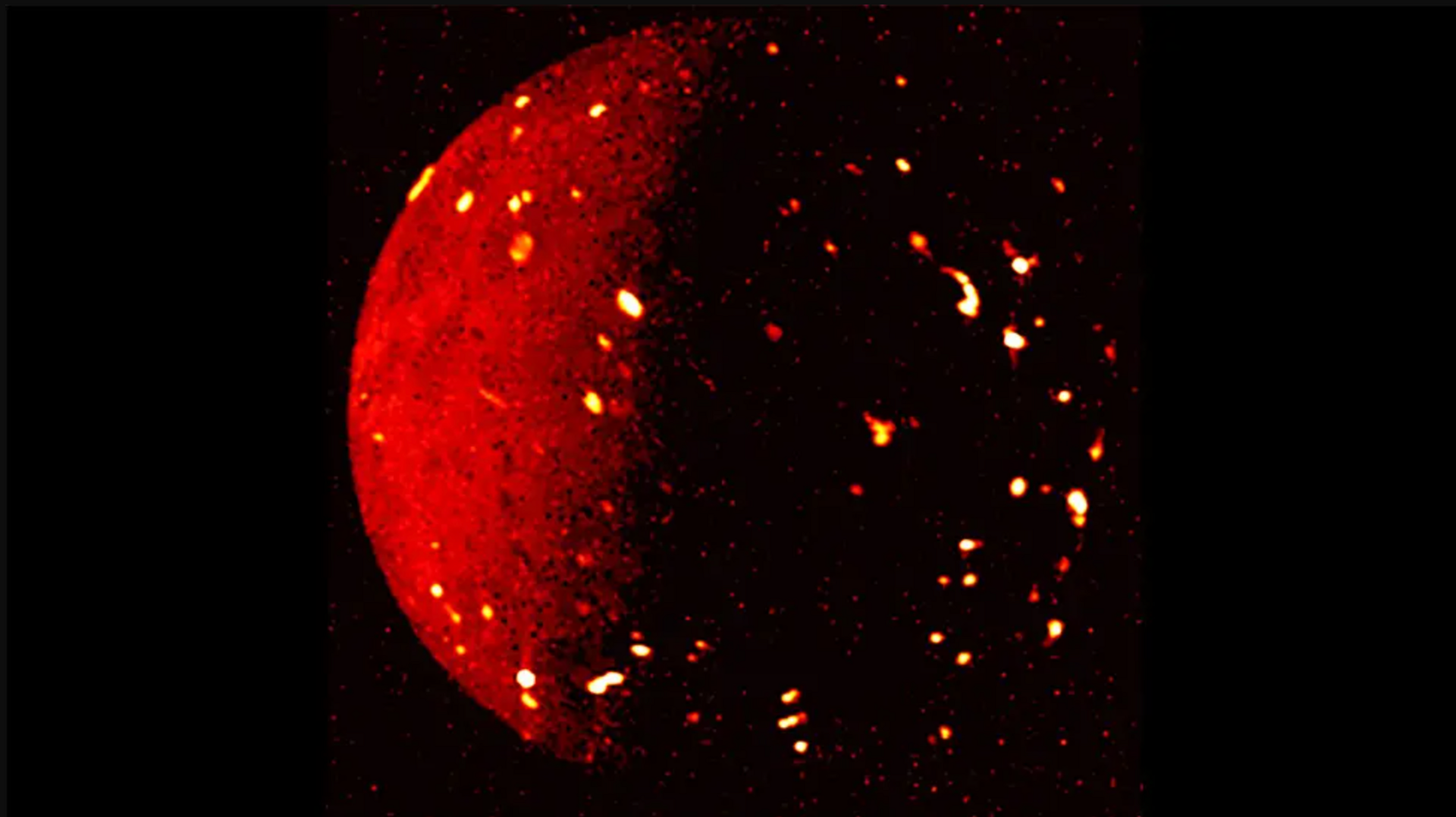How did Mars become the Red Planet?
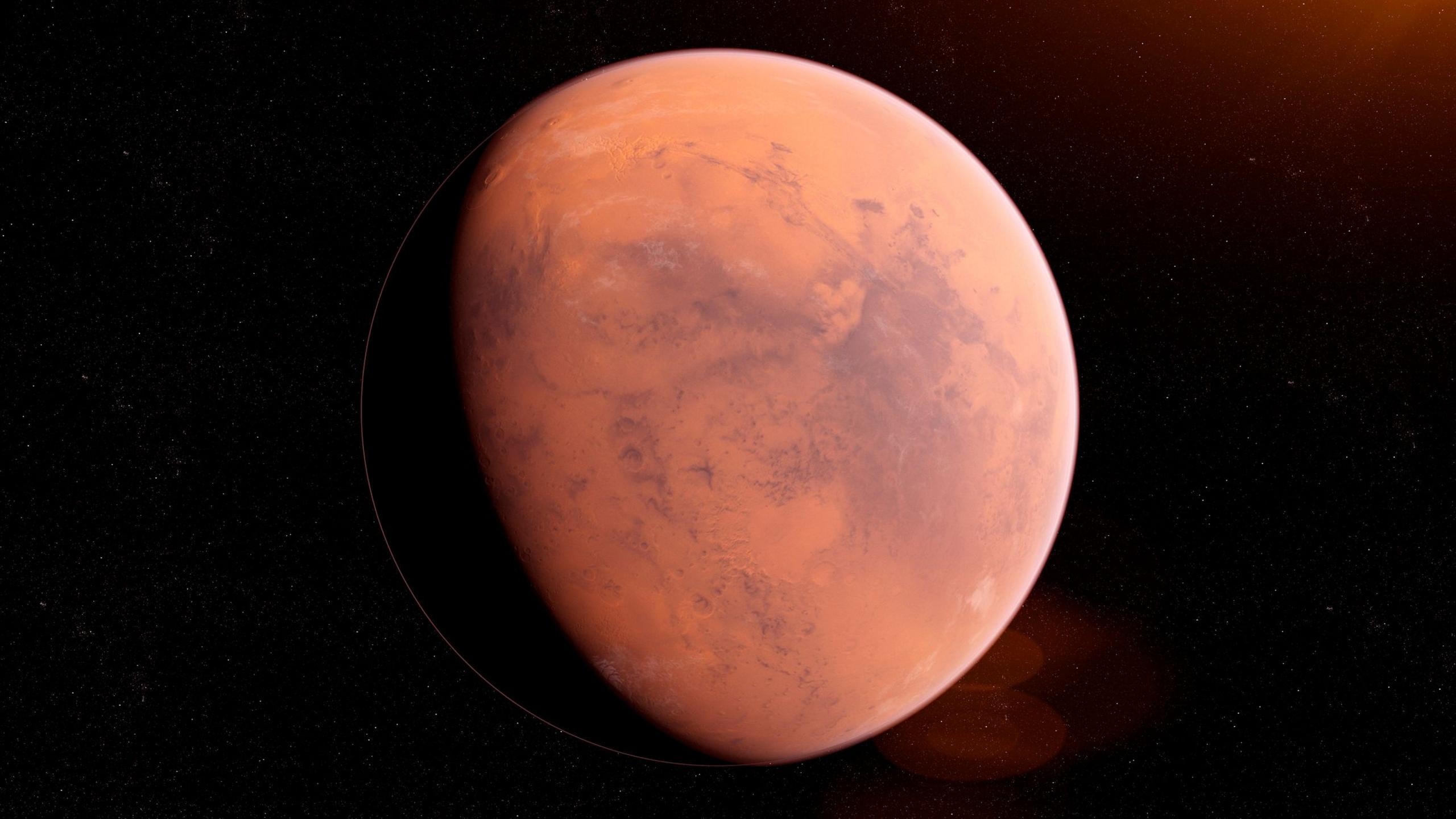
Mars is known for its rusty red colour
- Published
The planet Mars is famous for its rusty red colour.
But how did our closest planet neighbour turn this shade?
For years scientists thought they had the answer, but new research suggests it could be for a completely different reason.
The European Space Agency (ESA) believe Mars rusted to its red colour billions of years ago. But why is that? Read on to find out more.
More on Mars
Was planet Mars once warm and wet?
- Published1 February 2024
Mars mission crew member answers YOUR questions
- Published17 September 2024
New giant volcano found on Mars
- Published14 March 2024
What do we already know about Mars?
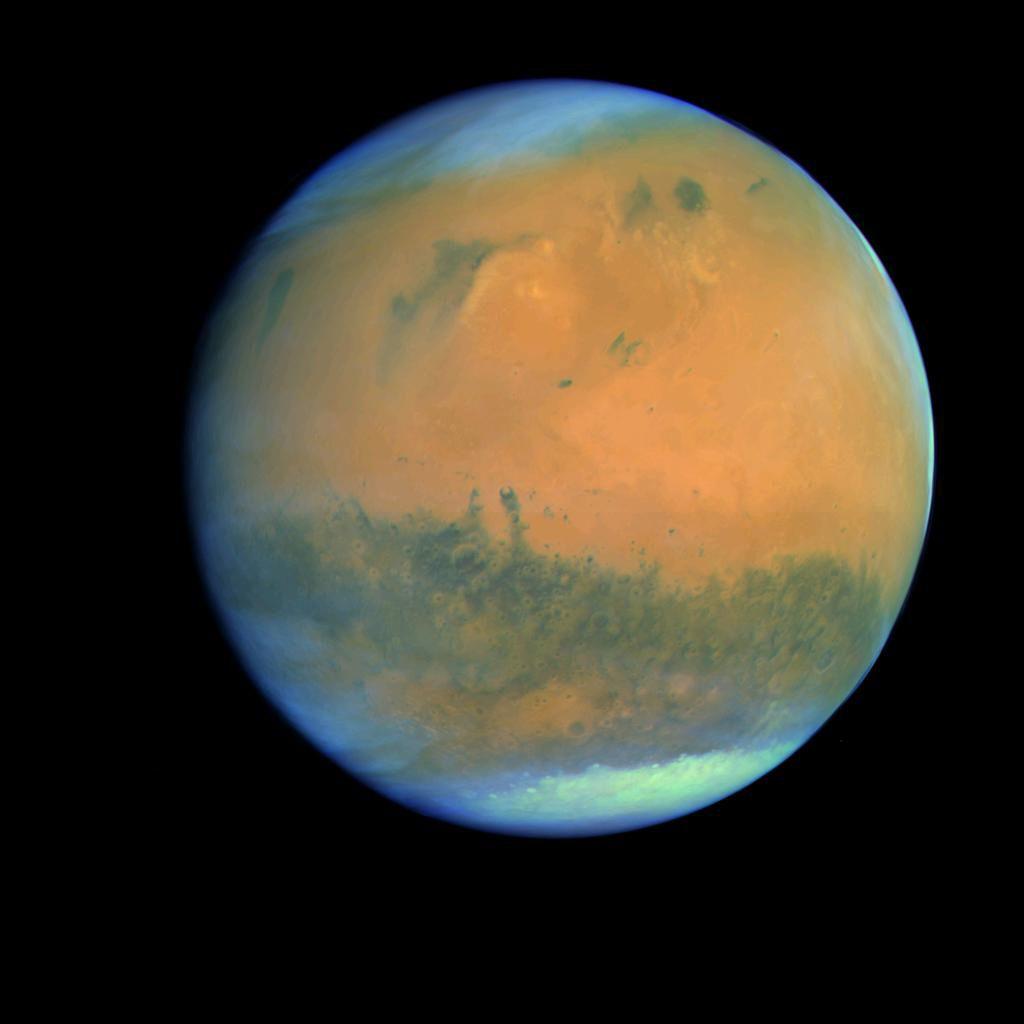
Spacecraft data has given us a deeper understanding about the Red Planet
Lots of spacecraft have studied the Red Planet over the years.
From their observations we know Mars gets its striking colour from rusted iron minerals found on its surface.
At some point, the iron in Mars' rocks reacted with either liquid water, or water and oxygen in the air.
This is very similar to how rust forms on Earth.
Over billions of years this rusty material, known as iron oxide, has been broken down into dust which has then been spread all around the planet by winds.
But the way in which the iron oxide dust has been created has not always been agreed upon by scientists.
What does the new research reveal?
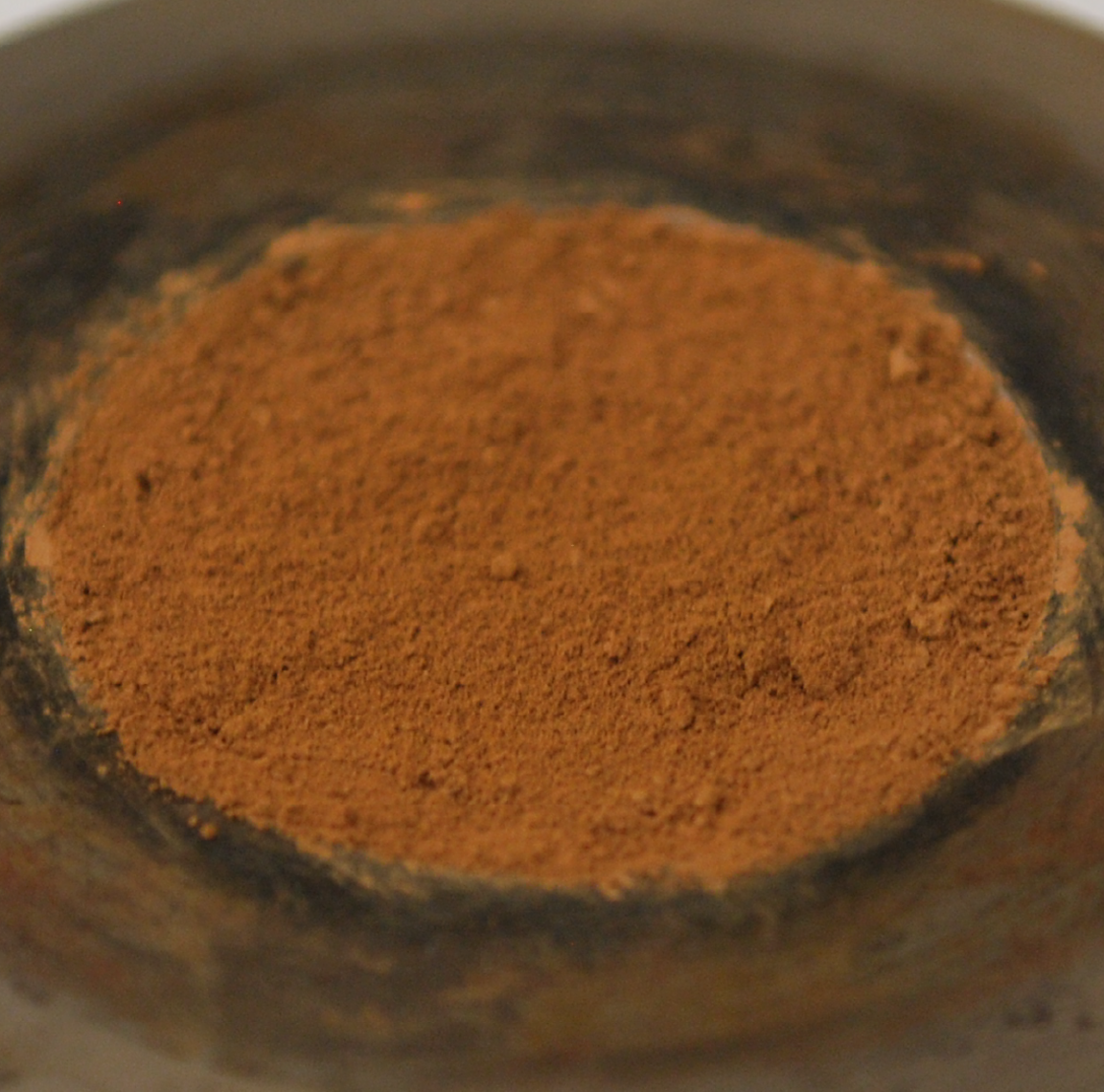
Scientists created a fine dust mimicking the fine particles found on Mars
Spacecraft studies of the Martian dust didn't find evidence of water in it.
So researchers believed the iron oxide must have been made in dry conditions, without liquid water.
But a new study from the ESA suggests that Mars' red colour is likely to have come from iron oxide containing water.
They did this by comparing the kind of dust that the spacecraft had studied on Mars with dust they recreated in their laboratory.
They found that the Martian dust looked more like the dust they created in the laboratory when water was present.
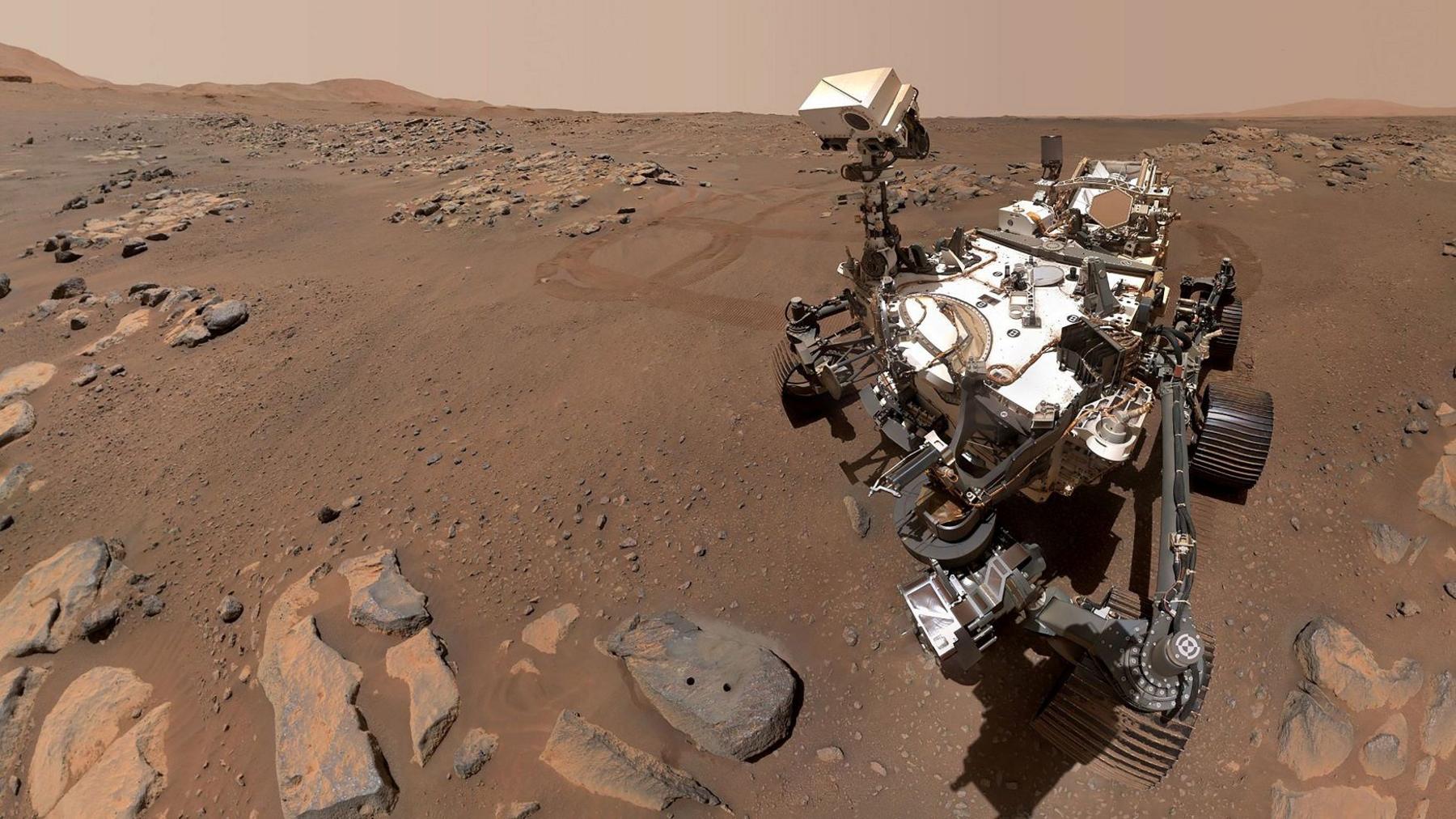
NASA's Perseverance rover has gathered evidence from Mars
Adomas Valantinas, lead author on the study, said: "Mars is still the Red Planet."
But he adds that, with this new research, "our understanding reason why Mars became red has been transformed".
The researchers hope further studies will help them learn more about the Martian dust's mysterious beginnings.
More space news
- Published14 March 2024
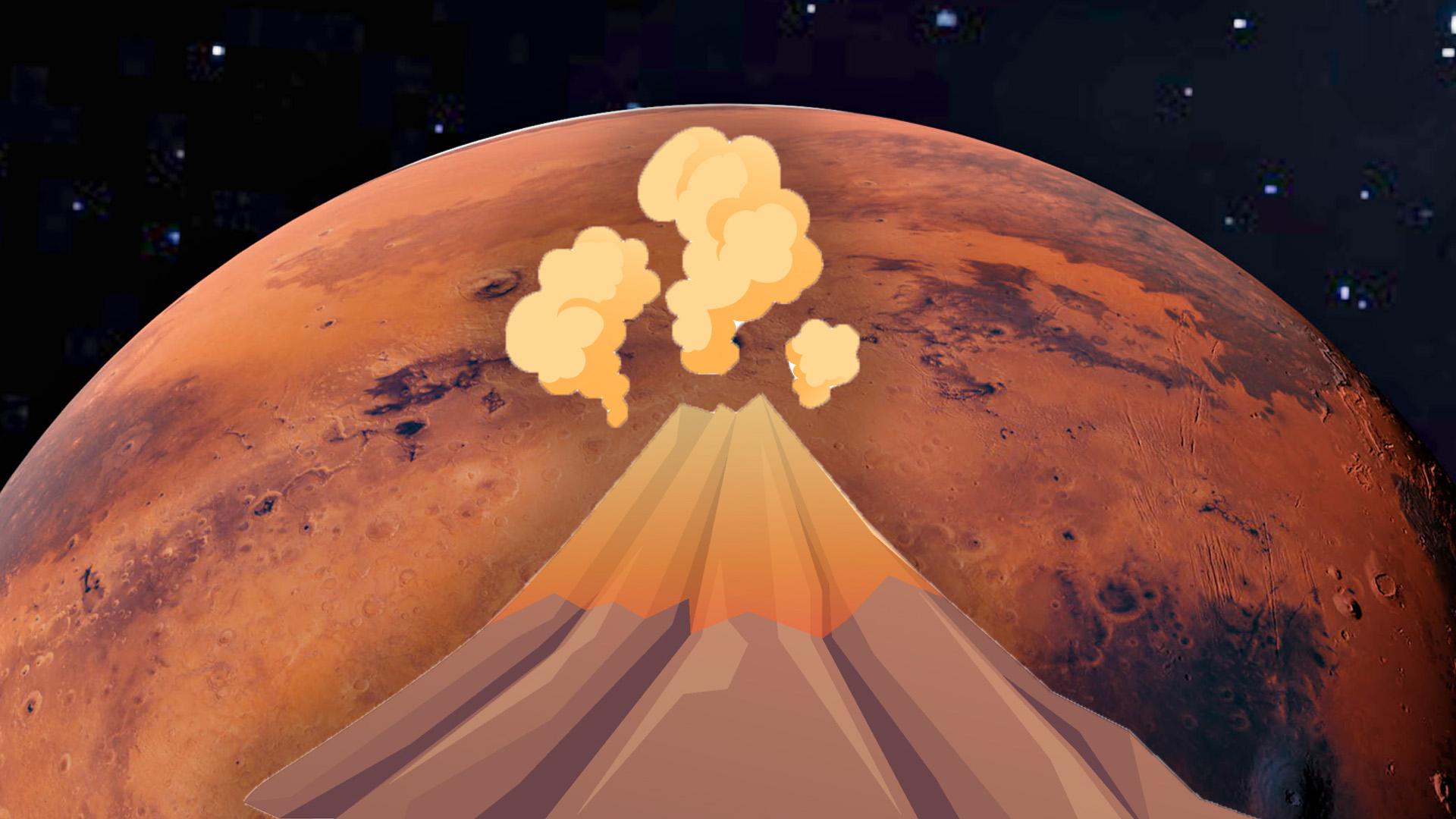
- Published29 July 2024
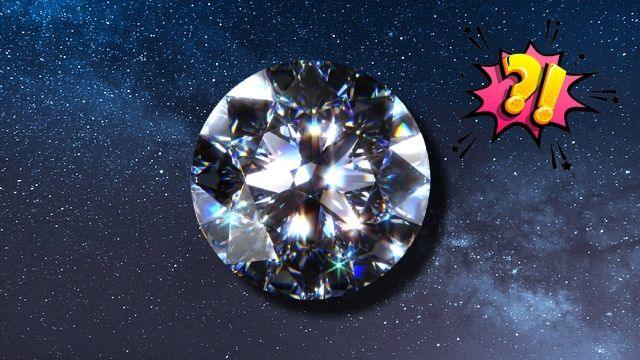
- Published30 January
